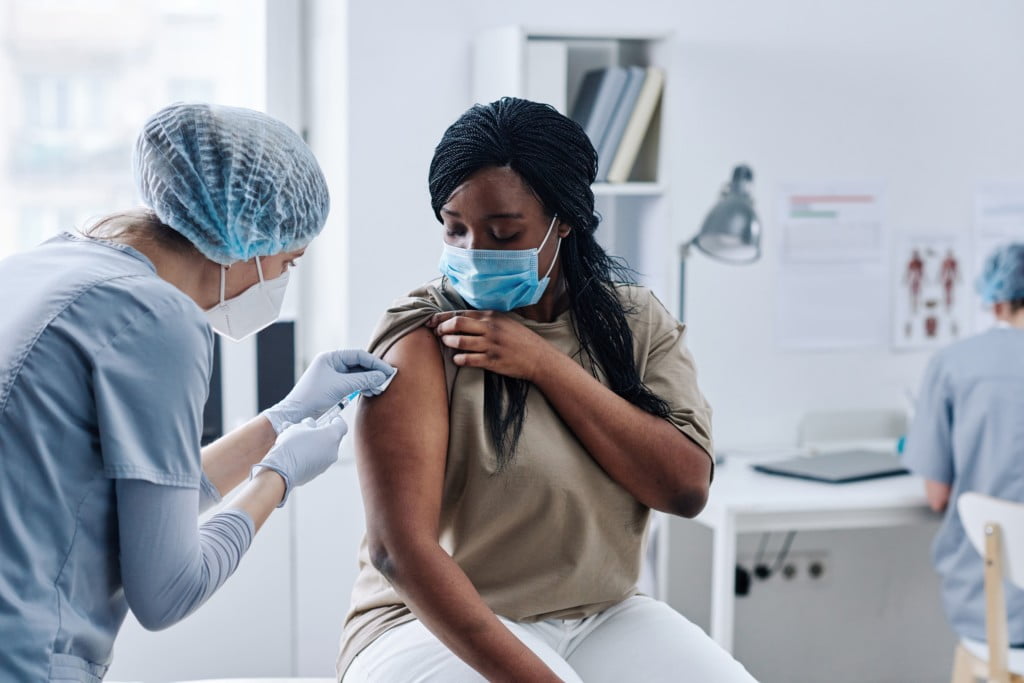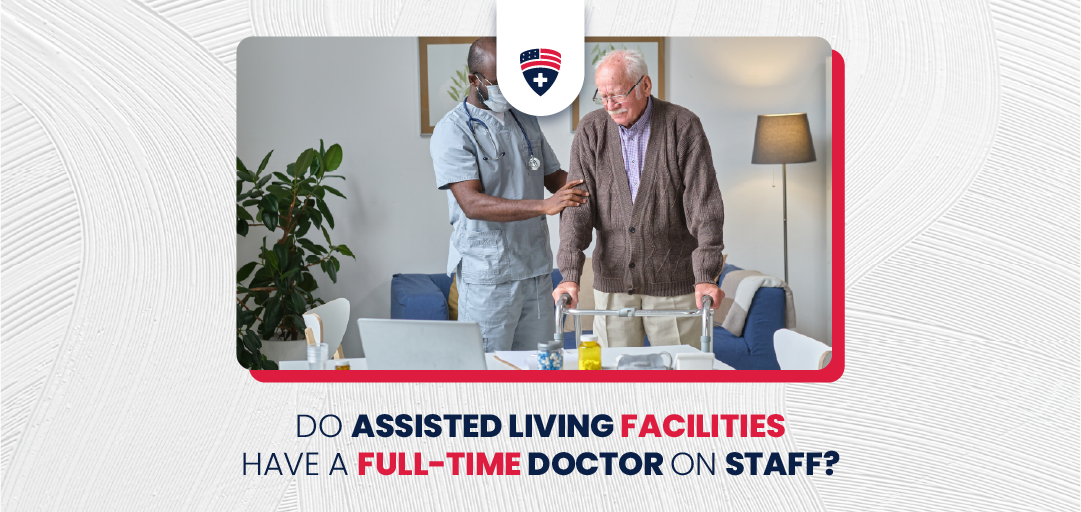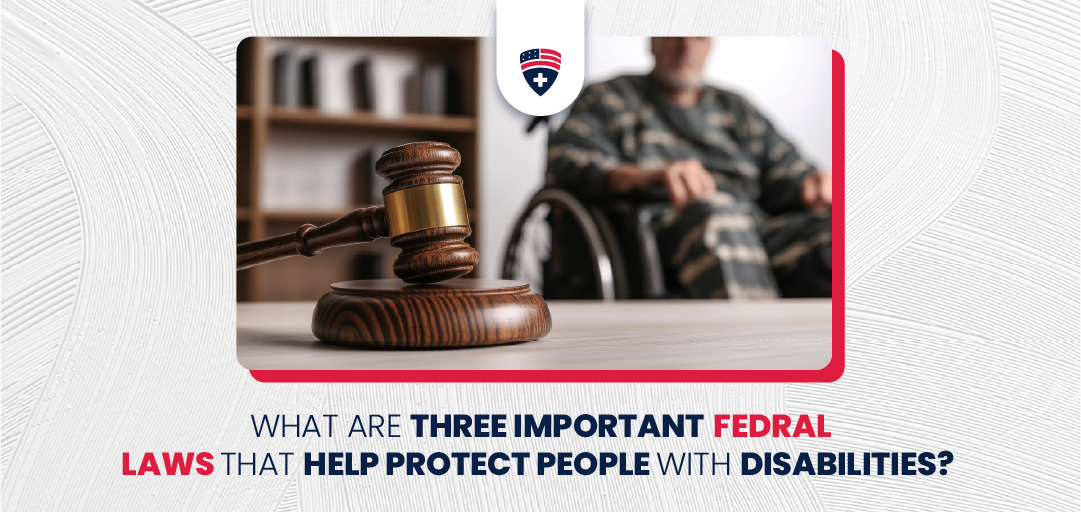Needle-Stick Safety and Prevention Training for Healthcare Professionals 2024
Course Description
The Needlestick Safety and Prevention Training for Healthcare Professionals equips healthcare workers with the knowledge to reduce the risk of needlestick injuries and exposure to bloodborne pathogens.
What You’ll Learn?
- About needlestick injuries and their risk factors.
- How common are needlestick injuries among healthcare workers?
- What kinds of needles usually cause needlestick injuries?
- Know the immediate steps to take if one experiences a needlestick injury.
- What organisms are involved in needlestick injuries and how to control and prevent needlestick injuries?
- What is the needlestick safety and prevention act?
- About the concept of PEP (Post-Exposure Prophylaxis).
Course Completion Certification
Upon successful completion of the needlestick safety and prevention training, participants will receive a certificate.
Needle-Stick Safety is Important:
A needle stick is an example of an inadvertent injury that occurs when a healthcare worker is accidentally pricked by a needle or sharp object, often contaminated with blood or other bodily fluids. Safety precautions for needlesticks are essential because they keep healthcare workers from hurting themselves by mistake with needles and from getting diseases like HIV, Hepatitis B, and C.
Needle-Stick Prevention Program:
Our program is essential for healthcare professionals, including nurses, doctors, laboratory technicians, and support staff, it addresses critical aspects of safety and prevention within healthcare settings.
Core Elements of Needlestick Prevention Training:
The core elements of needlestick prevention training focus on understanding needlestick injury risks, mastering safe needle handling and disposal practices, and knowing how to respond effectively to needlestick incidents. These essential components help healthcare professionals protect themselves and their patients.







